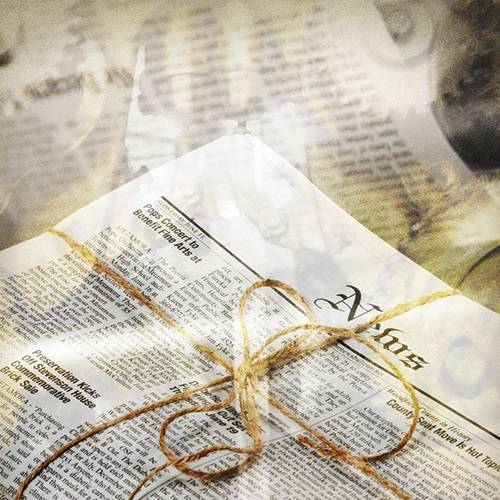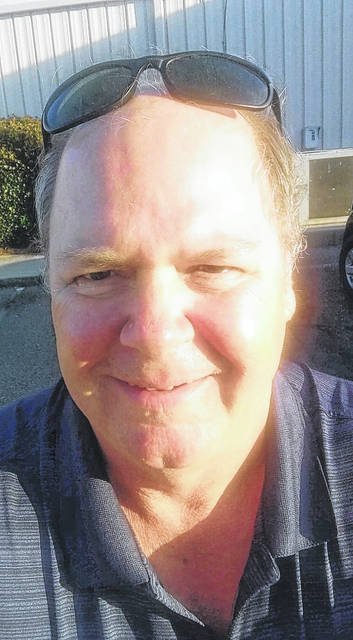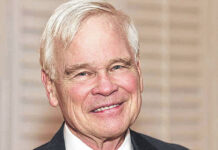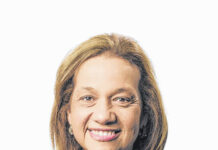I am a Bryson DeChambeau bomb beyond thrilled that the PGA Tour is teeing it back up, not only because I love watching professional golfers demonstrate their skills while playing the hardest game to play well, but because the tour, along with NASCAR, has led the way as this country tries to reclaim some sense of normalcy.
When the PGA Tour first returned a few weeks back, it was on Day 2 that we learned at least one golfer had tested positive for COVID-19, prompting calls for an immediate shutdown. But the PGA ignored the naysayers and soldiered on, as has NASCAR, and they have been joined by Major League Baseball, the NBA and the NHL. I now have hope for some fall football.
So on Wednesday, I was watching a segment on the Golf Channel by Jaime Diaz about Harding Park, the venue for the PGA Championship, one of golf’s four majors, which is currently being played. Diaz, a gifted golf journalist, told the story about how the municipal golf course, which is tucked alongside the San Francisco Bay with the Golden Gate Bridge as a backdrop, fell into disrepair because of government neglect, but had been renovated into one of the finest “munis” in all of the world. That was achieved because of the unlikely twosome of the late Sandy Tatum, a lawyer and former head of the United States Golf Association, and Willie Brown, a black man who was at the time the Democratic mayor of the Bay City.
Fate brought together Tatum, who probably enjoyed a bit of white privilege while growing up, going on to become a key member of two NCAA golf championship teams at Stanford University while claiming the individual title once, and Brown, who was born in Texas, his first job as a shoeshine boy in an all-white barbershop during Jim Crow. Brown, like Tatum, had hoped to attend Stanford, but that did not happen. Brown’s love interest at one time was Kamala Harris, my bet as the VP pick for Joe Biden.
So their experiences, shall we understate, were different. They grew up in different worlds.
As I watched the segment, it struck me that despite their societal — and, I am sure, political — differences, they managed to work together, turning an eyesore into a community asset, where young kids of all colors and status could be exposed to what I believe is the greatest individual sport, one that demands discipline, hard work and honesty in order to excel. I assure you, they saved lives.
I see golf’s ability to shape character in action at work almost every day, where young kids are learning the game, but so much more. It is refreshing to see well-mannered children who say yes sir, have their shirttails tucked in, their hats properly positioned, and ask permission before making a grab. It gives me hope when hope is a commodity and hard to find.
The segment also reminded me of an on-the-golf course conversation I had decades ago with a buddy as we were talking about the nation’s crime problem.
Jacky said, “I have a solution for the crime problem, but it won’t be popular with the pubic.”
“Tell me more,” I said.
“We need to build golf courses beside prisons,” he said, “and introduce the inmates to the game.”
Perplexed, I asked him, “How does this help solve the crime problem?”
“When the inmates get out of prison, they will be too busy working on their games to be out committing crimes,” Jacky said.
Now I know many of you just rolled your eyes, chuckled, and thought, what a stupid idea. Those of you who have taken a swing at golf understand better, that the game has an addicting effect and the ability to change lives for the better. That can be said as well about other sports, but I am not sure any does it as adeptly as golf.
We live in crappy new world where each day we are encouraged to pick a side. Wear a mask, don’t wear a mask. Lock down, or open up. Reopen schools, or keep them closed. Play professional sports, or keep the athletes benched. It’s almost like there is an invisible hand orchestrating it all, trying to push people into separate corners — and social media, the sharpest double-edged sword I have seen, does a magnificent job of amplifying our differences, turning old friends into fresh enemies.
Tatum and Brown provided a lesson, if only we were willing to learn from it. They saw a problem, decided to fix it, and that was achieved by talking with each other, not at each other. It’s called leadership, and it too is a commodity. And rare.








